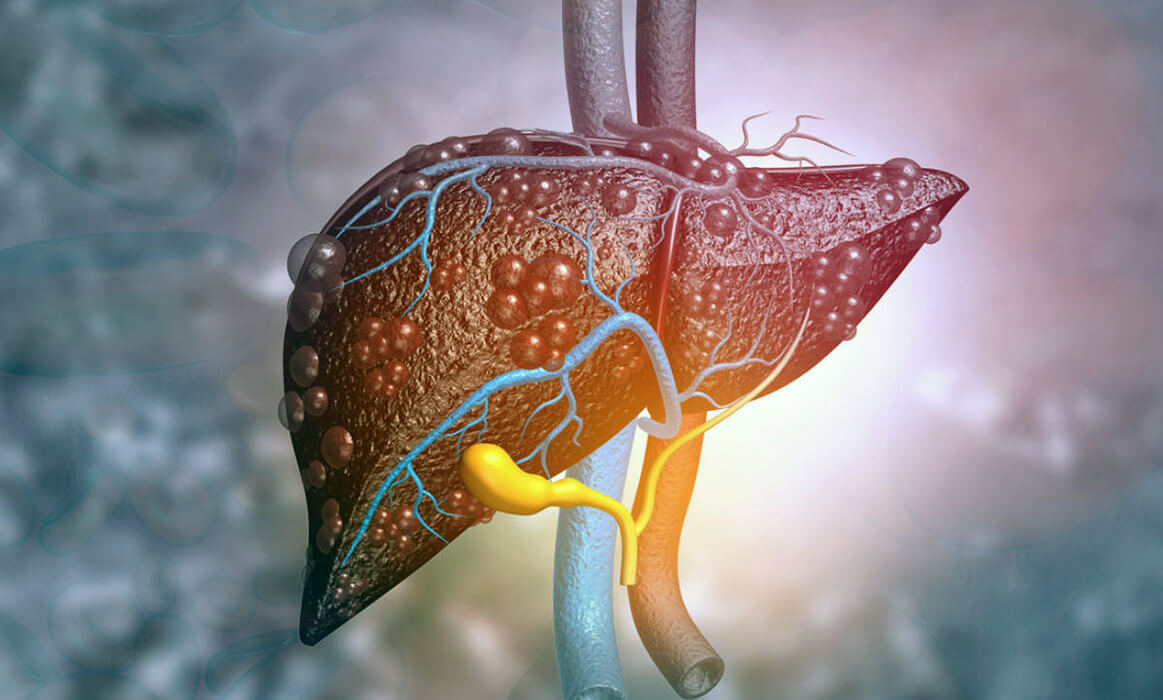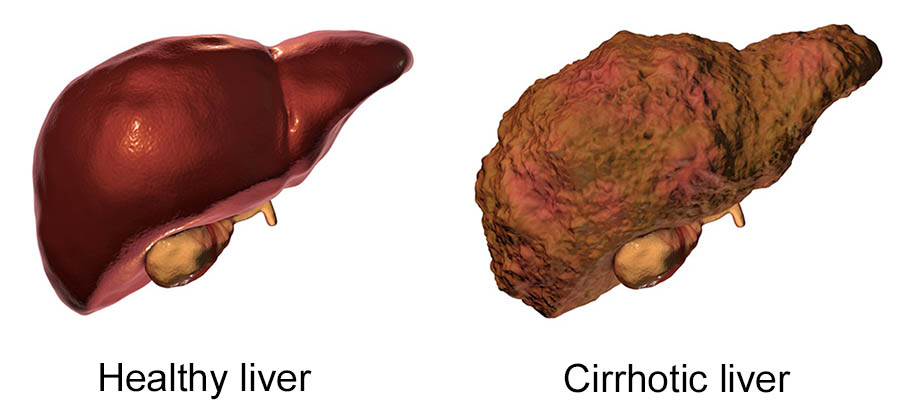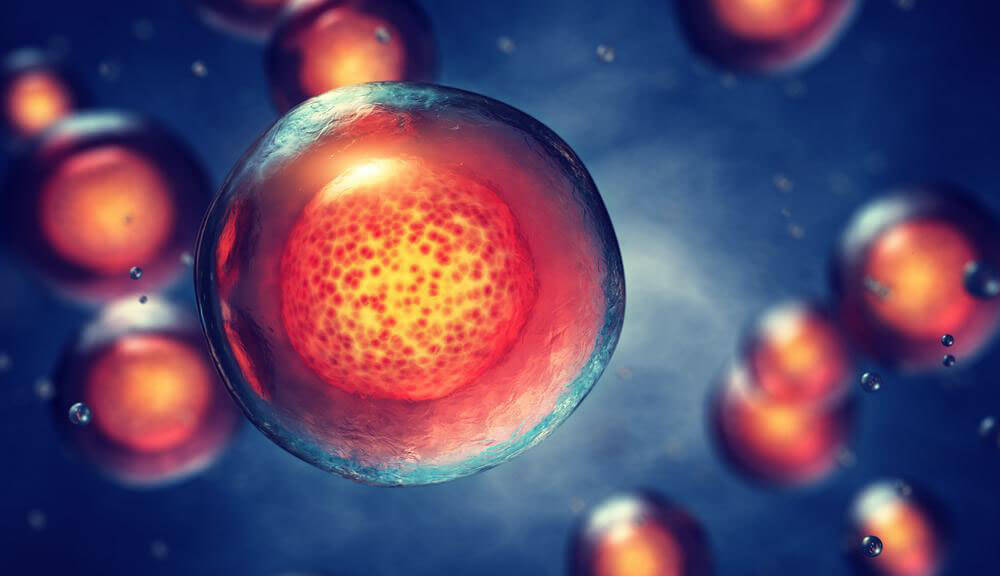Calls for Ukraine
Calls for Europe
Calls for USA

Cirrhosis of the liver is a chronic disease characterized by irreversible changes in the liver tissues. With this pathology, liver cells, hepatocytes, are gradually destroyed, and fibrous tissue is formed in their place. As a result, the body ceases to fully perform its functions, liver failure occurs and progresses, which over time can lead to death.
This dangerous disease is one of the six leading causes of death for people aged 35-60 in developed countries. According to statistics, the disease is detected in about 15-30 cases per 100 thousand people.
Cirrhosis is difficult to treat, but recently new methods of therapy have appeared that can effectively influence the pathological process, significantly improve health and prolong life. Medical coordinators of MedTour will help you find and choose the best clinics and get treatment from doctors who use the latest and most advanced techniques.

The main reasons for the development of the disease include alcohol abuse and exposure to hepatitis B and C viruses. Also among the factors that trigger pathological changes in the liver:
The first signs of liver cirrhosis are nonspecific: fatigue, weakness, headaches, irritability. Or, in the early stages, the disease may not cause symptoms at all. Later, additional symptoms associated with the digestive system appear:
In later stages, hemorrhagic syndrome (bleeding gums, nosebleeds, bruising for no apparent reason) may develop. Later, the symptoms are a yellowish skin tone, ascites (the appearance of fluid in the abdominal cavity), the development of encephalopathy.
As complications, gastric bleeding, hepatic vein thrombosis, hepatic coma, hepatocellular carcinoma and other dangerous conditions that threaten life can occur.

There are three stages of the disease:
To diagnose the disease, doctors prescribe a comprehensive examination, which may include:
Accurate diagnostics allows doctors to see the state of the organ, determine the stage of the disease and detect the cause of cirrhosis, which is very important for the correct choice of treatment tactics.

Chronic viral hepatitis, if left untreated, can lead to cirrhosis over time. For example, approximately 20% of people with viral hepatitis develop cirrhosis over time. From the moment of infection to the development of the disease, on average, 25-30 years pass, although if other provoking factors are present, this can come faster. Hepatitis B can also cause cirrhosis of the liver.
If hepatitis is the cause of the disease, it is very important to identify it. Then part of the treatment will necessarily be specific antiviral therapy.
The principles of treatment of cirrhosis of the liver are common to all types of the disease. Therapy is aimed at slowing down pathological processes, reducing symptoms and avoiding complications. The tactics of treatment are selected depending on the course of liver cirrhosis, the stage of the disease, the causes of its occurrence, the presence of complications. Traditional treatment may include both conservative treatment and surgical methods. The latest techniques include the use of cell therapy.

The prognosis of liver cirrhosis is generally unfavorable. However, if the disease can be detected at an early stage, then it can be treated quite well. Properly selected therapy can stop the destructive processes.
It is usually recommended to correct lifestyle, avoid alcohol. Hepatoprotectors, vitamins, antiviral agents and other drugs may be prescribed.
If stage 2 cirrhosis of the liver is diagnosed, therapy involves intensive drug treatment. Immunosuppressive agents, hepatoprotectors, hormonal preparations, interferons, etc. can be used. If medication does not work, a liver transplant from a donor is recommended. Although this is an expensive and complicated treatment, for many patients it is often the only way to save a life. Medical coordinators of MedTour will help to find the best offer for patients in need of transplantation.
At the stage of decompensation, the risk of developing dangerous complications is very high. Treatment in such cases is carried out in a hospital. A liver transplant may be recommended, but it is not always possible due to the poor general condition of the patient. The terminal stage of cirrhosis poses a threat to life and only half of the patients manage to live another 2-3 years.

Today, the most progressive technique is cell therapy for cirrhosis, in which stem cells are used for treatment. The peculiarity of these cells is that when they enter the patient’s body, they are able to differentiate into different types of cells. The use of stem cells can improve the condition of the liver at all stages of the disease, while the therapy is well tolerated by patients.
Studies have proven that the introduction of stem cells leads to a number of positive effects:
For therapy, one’s own stem cells or donor ones can be used. It Is usually extracted from adipose tissue or bone marrow. The cells can be given intravenously or directly through the hepatic artery.
In 95% of cases, cell therapy gives a positive effect. The patient’s quality of life improves, the liver begins to work better, and the risk of death decreases. The degree of success of treatment depends on the stage of the disease, the presence of complications and other parameters, but at any stage of the disease, therapy gives a positive result.
As a preventive measure for the development of pathology, doctors recommend:
The disease is treated by a hepatologist. You have the opportunity to get into the leading clinics of the world and contact the best hepatologists. Medical coordinators of MedTour will help you find a clinic and a doctor, and will take care of all organizational issues.
You can consult about the possibilities of using cell therapy online with Dr. Andriy Kovalchuk, PhD, specialist in regenerative medicine, biotechnologist, surgeon.
How long do people live with cirrhosis of the liver?
Life expectancy with this disease averages 10 years, but this figure can vary markedly. If the pathology is detected in the early stages and the optimal treatment is selected, then life expectancy can increase significantly.
At what stage of cirrhosis does ascites appear?
Ascites develops in the last stages of the disease. With a large accumulation of fluid in the abdominal cavity, an increase in the abdomen becomes visible to the naked eye. The liquid presses on the diaphragm, increases intra-abdominal pressure, which negatively affects the work of the cardiovascular and respiratory systems. According to statistics, ascites is found in approximately 60% of patients.
How many times are stem cells injected to get a positive result?
Cell therapy may include 1 to 5 treatments. Their number, as well as the dosage of stem cells, the doctor selects individually, taking into account the stage of the disease and other features of the condition. The interval between procedures is usually several months.
Please rate the work of MedTour
